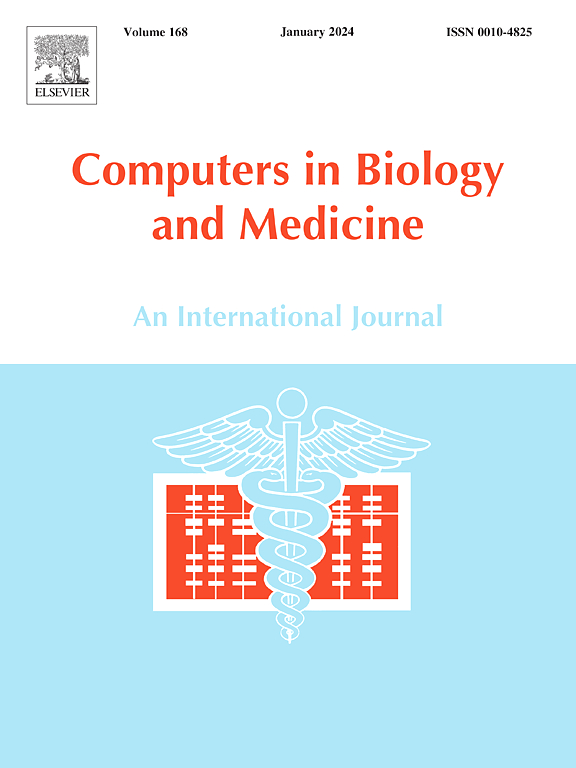Estimation of time-to-total knee replacement surgery with multimodal modeling and artificial intelligence
IF 7
2区 医学
Q1 BIOLOGY
引用次数: 0
Abstract
Background:
The methods for predicting time-to-total knee replacement (TKR) do not provide enough information to make robust and accurate predictions.
Purpose:
Develop and evaluate an artificial intelligence-based model for predicting time-to-TKR by analyzing longitudinal knee data and identifying key features associated with accelerated knee osteoarthritis progression.
Methods:
A total of 547 subjects underwent TKR in the Osteoarthritis Initiative over nine years, and their longitudinal data was used for model training and testing. 518 and 164 subjects from Multi-Center Osteoarthritis Study and internal hospital data were used for external testing, respectively. The clinical variables, magnetic resonance (MR) images, radiographs, and quantitative and semi-quantitative assessments from images were analyzed. Deep learning (DL) models were used to extract features from radiographs and MR images. DL features were combined with clinical and image assessment features for survival analysis. A Lasso Cox feature selection method combined with a random survival forest model was used to estimate time-to-TKR.
Results:
Utilizing only clinical variables for time-to-TKR predictions provided the estimation accuracy of 60.4% and C-index of 62.9%. Combining DL features extracted from radiographs, MR images with clinical, quantitative, and semi-quantitative image assessment features achieved the highest accuracy of 73.2%, (p=.001) and C-index of 77.3% for predicting time-to-TKR.
Conclusions:
The proposed predictive model demonstrated the potential of DL models and multimodal data fusion in accurately predicting time-to-TKR surgery that may help assist physicians to personalize treatment strategies and improve patient outcomes.
基于多模态建模和人工智能的全膝关节置换术时间估计
背景:预测全膝关节置换术时间(TKR)的方法没有提供足够的信息来做出稳健和准确的预测。目的:开发和评估基于人工智能的模型,通过分析膝关节纵向数据和识别与膝关节骨关节炎加速进展相关的关键特征来预测到达tkr的时间。方法:共有547名受试者在9年多的时间里接受了骨关节炎计划的TKR,并将他们的纵向数据用于模型训练和测试。来自多中心骨关节炎研究和医院内部数据的518和164名受试者分别用于外部测试。分析临床变量、磁共振(MR)图像、x线片以及图像的定量和半定量评估。使用深度学习(DL)模型从x光片和MR图像中提取特征。将DL特征与临床和图像评估特征相结合进行生存分析。采用Lasso Cox特征选择方法结合随机生存森林模型估计tkr时间。结果:仅利用临床变量预测tkr时间的估计准确率为60.4%,c指数为62.9%。将从x线片、MR图像中提取的DL特征与临床、定量和半定量图像评估特征相结合,预测tkr时间的准确率最高,为73.2% (p=.001), c指数为77.3%。结论:所提出的预测模型显示了DL模型和多模态数据融合在准确预测tkr手术时间方面的潜力,这可能有助于医生制定个性化治疗策略并改善患者预后。
本文章由计算机程序翻译,如有差异,请以英文原文为准。
求助全文
约1分钟内获得全文
求助全文
来源期刊

Computers in biology and medicine
工程技术-工程:生物医学
CiteScore
11.70
自引率
10.40%
发文量
1086
审稿时长
74 days
期刊介绍:
Computers in Biology and Medicine is an international forum for sharing groundbreaking advancements in the use of computers in bioscience and medicine. This journal serves as a medium for communicating essential research, instruction, ideas, and information regarding the rapidly evolving field of computer applications in these domains. By encouraging the exchange of knowledge, we aim to facilitate progress and innovation in the utilization of computers in biology and medicine.
 求助内容:
求助内容: 应助结果提醒方式:
应助结果提醒方式:


